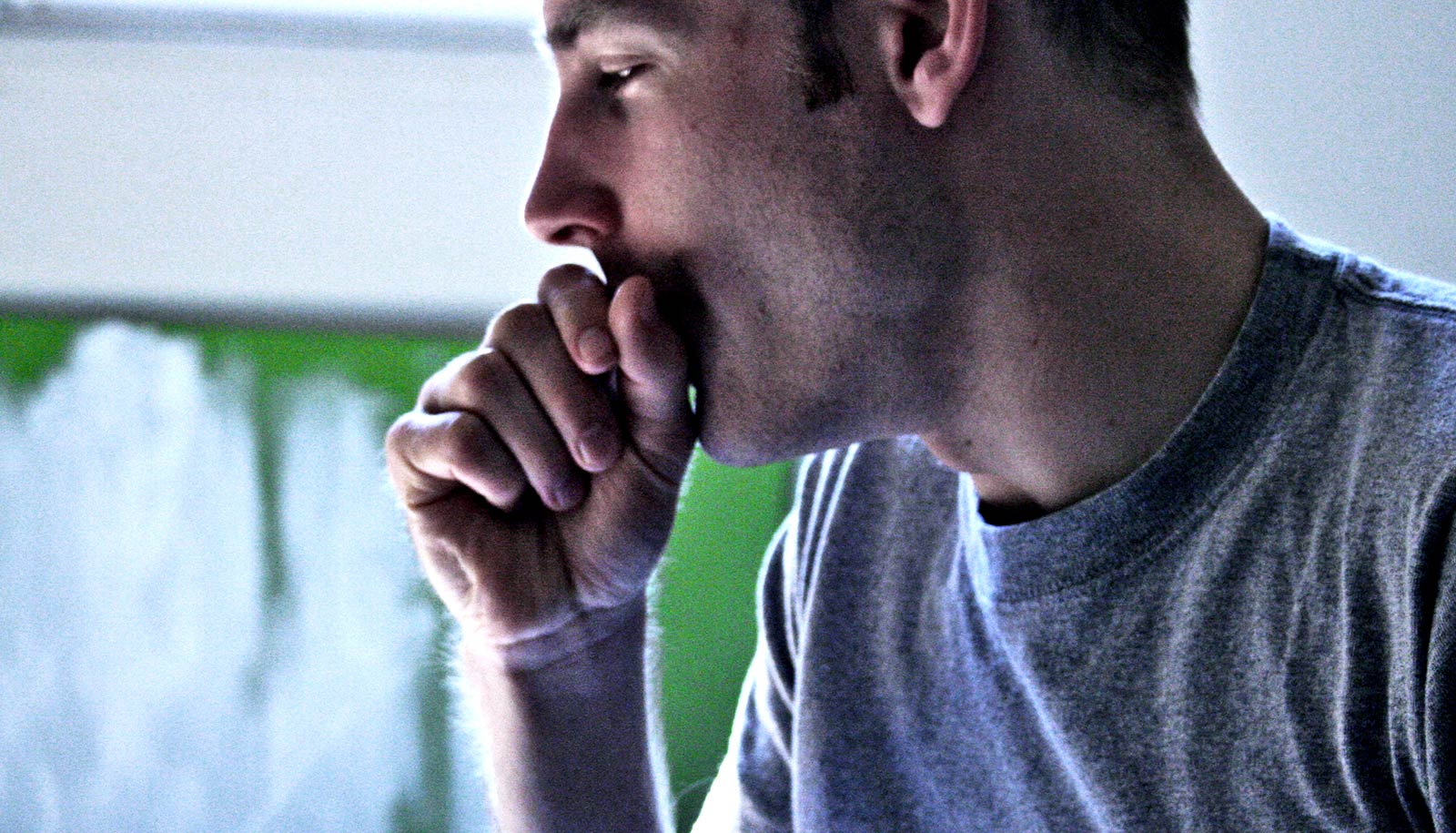
(Credit: Getty Images )
Tweets show how different U.S. regions like to exercise
Machine learning checked Twitter to find out how much exercise Americans are getting and which workouts are most popular in different regions.

Social media data can reveal a lot about how much exercise different populations are getting, according to a new study.
Researchers used machine learning to find and comb through exercise-related tweets from across the United States, unpacking regional and gender differences in exercise types and intensity levels. By analyzing the language of the tweets, this method was also able to show how different populations feel about different kinds of exercise.
“In most cases, lower-income communities tend to lack access to resources that encourage a healthy lifestyle,” says Elaine Nsoesie, an assistant professor of global health at the School of Public Health at Boston University and a data science faculty fellow at the Rafik B. Hariri Institute for Computing & Computational Science.
“By understanding differences in how people are exercising across different communities, we can design interventions that target the specific needs of those communities,” she says.
Exercise and language
In the future, social media and other digital data could help create interventions and policies informed not just by the habits of these communities, but also by what they think of different physical activities, says first author Nina Cesare, a postdoctoral associate in global health. “We believe this work provides a step in the right direction.”
The researchers used exercise-related keywords to find relevant, geotagged tweets from around the United States between April 2015 and March 2016. After using another set of keywords to clean up the sample (for example, getting rid of references to The Walking Dead, or watching sports, or using the expression “running late”), they had 1,382,284 tweets by 481,146 Twitter users in 2,900 US counties.
The researchers estimated the intensity of each physical activity based on how many calories the average American would burn doing that activity for 30 minutes. They used a language processing system that analyzes how “happy” language is to measure the sentiments that Twitter users expressed about exercise. Since most Twitter users don’t include demographic data in their profiles, the researchers used a previously developed machine-learning system analyzing first names to estimate gender.
Finally, the researchers compared tweets by men and women, and from four different regions of the country: the Northeast, the South, the Midwest, and the West.
Which activities are most popular?
The top exercise terms were “walk,” “dance,” “golf,” “workout,” “run,” “pool,” “hike,” “yoga,” “swim,” and “bowl.” Walking was the most popular activity overall, but other activities varied by gender and region. Hiking was much more popular in the West than elsewhere, and was the second most popular activity among women in that region. Yoga was more popular among women in the Northeast than anywhere else, and golf was more popular among men in the Midwest than in other regions. Although men and women were just as likely to mention gym-based activities, Crossfit was the most popular among men, while yoga was the most popular gym-based activity among women.
Women in the West did more intensive exercise than in any other region, while the Midwest had the most intensive exercise among men. The researchers estimated that men did slightly more intensive exercise than women overall, which agrees with previous research suggesting that women are less likely to get the recommended amount of aerobic physical activity. The South had the biggest gap in exercise intensity between men and women.
The researchers also compared their results with Centers for Disease Control and Prevention (CDC) data on levels of leisure time inactivity in those counties. They found that the counties that were more active according to the CDC were also generally more active according to their Twitter data, and expressed more positive feelings about exercise on Twitter.
The findings appear in BMJ Open Sport & Exercise Medicine. Additional coauthors are from the University of Maryland School of Public Health and the University of Oklahoma School of Computer Science.
Source: Michelle Samuels for Boston University
The post Tweets show how different U.S. regions like to exercise appeared first on Futurity.
Share this article:
This article uses material from the Futurity article, and is licenced under a CC BY-SA 4.0 International License. Images, videos and audio are available under their respective licenses.
Related Articles:
Team links social media use to worse physical health
Jan. 26, 2022 • futurityTweets sheds light on COVID-19 ‘long-haulers’
Aug. 18, 2020 • futurityLinks/images:
- https://www.futurity.org/walking-older-women-hearts-1859372/
- https://www.futurity.org/gym-membership-exercise-1341152-2/
- http://doi.org/10.1136/bmjsem-2019-000567
- https://www.bu.edu/articles/2019/twitter-data-shows-who-is-hitting-the-gym/
- https://www.futurity.org/exercise-social-media-2143672/
- https://www.futurity.org


